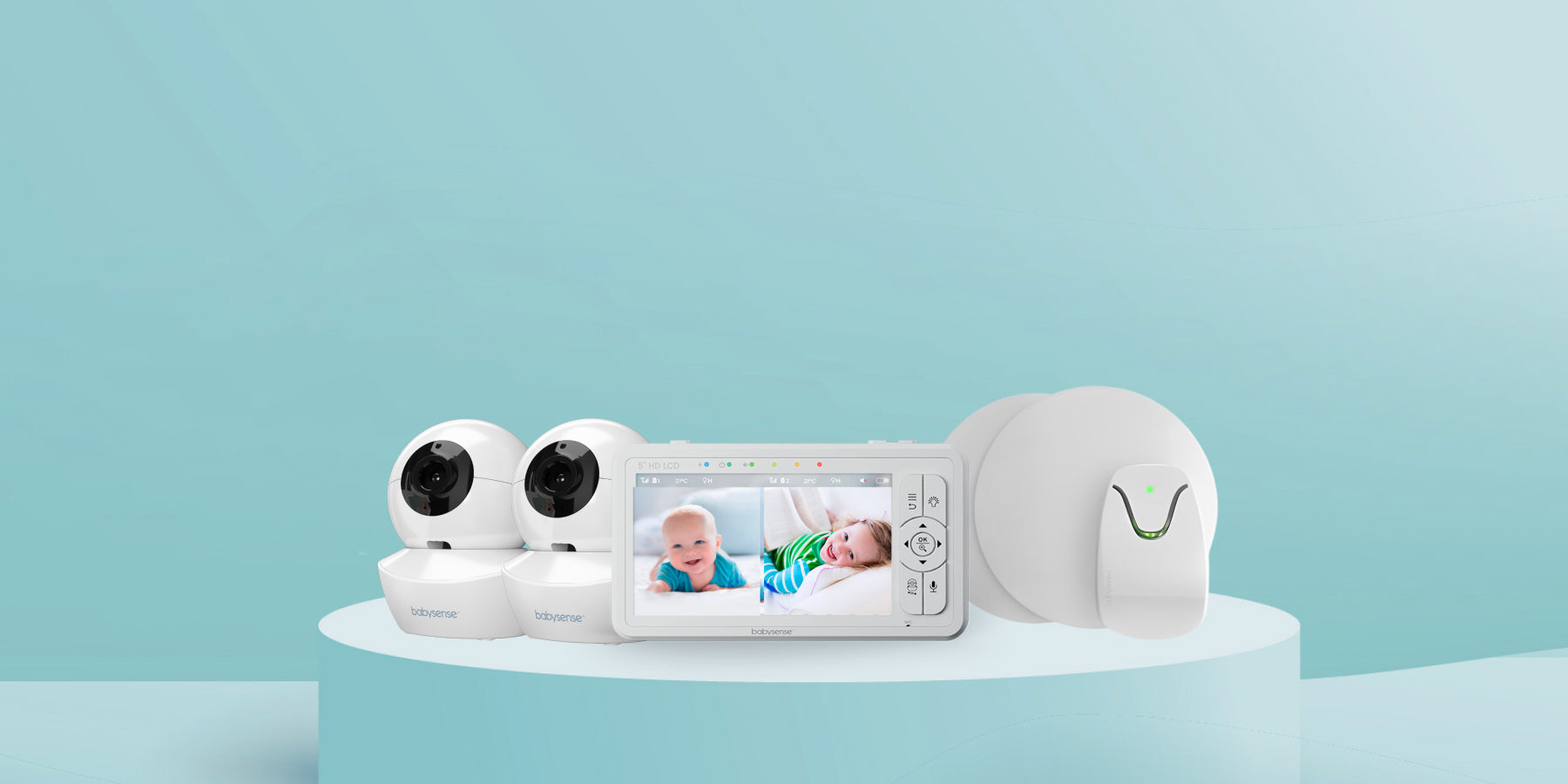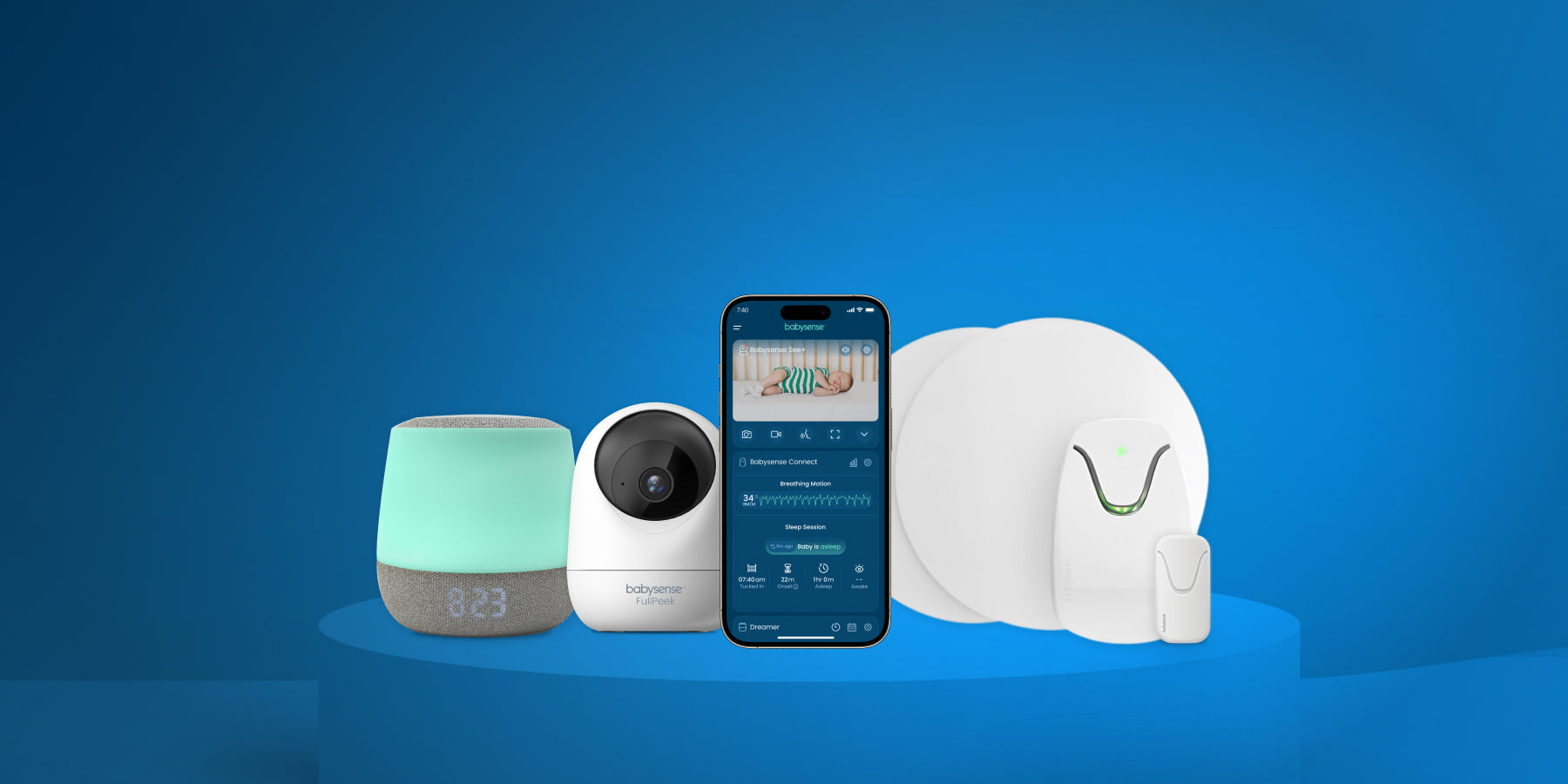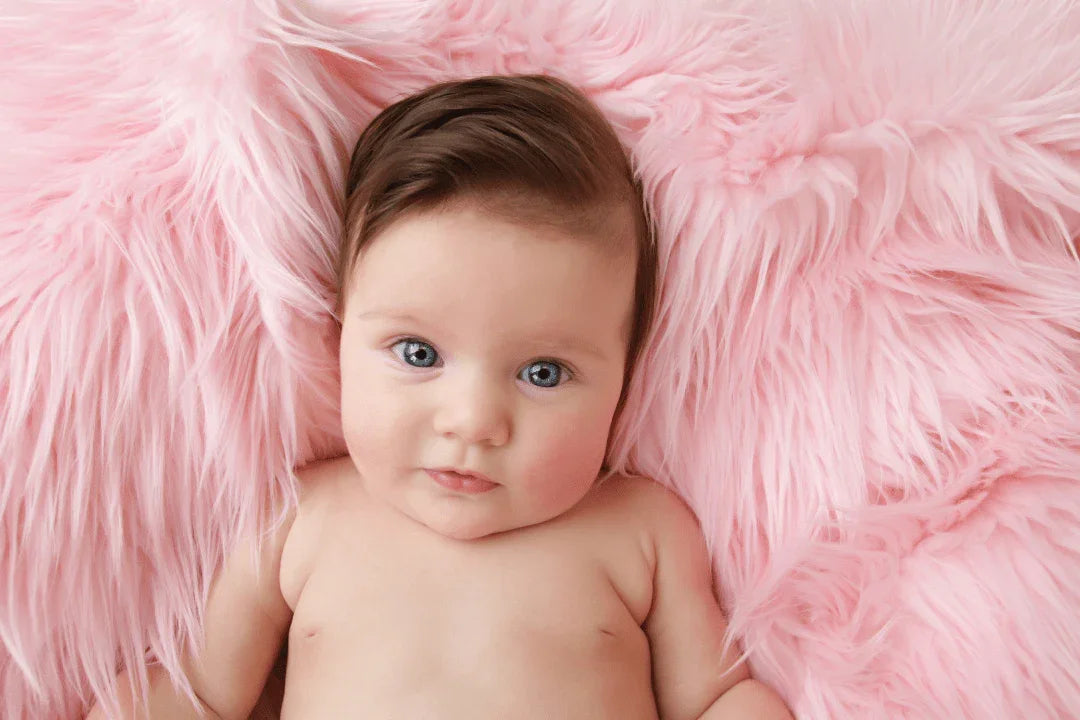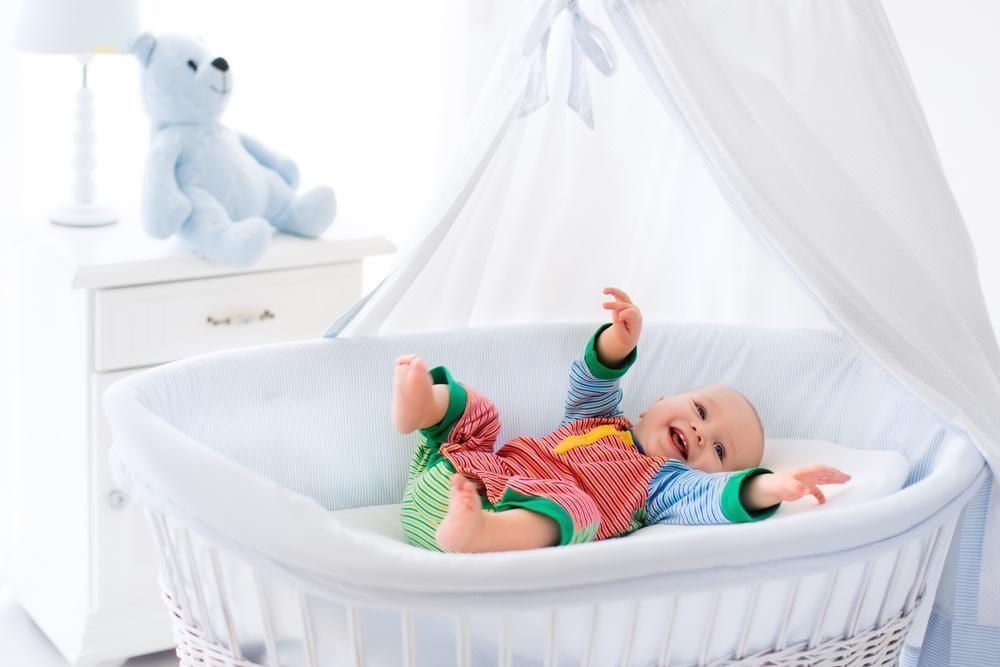Do you know how to keep your baby safe, healthy, and comfortable when they're in their crib? The room should be cool, fresh, and well ventilated. Running a fan in a baby's room is an often misunderstood subject, with many people incorrectly believing the practice is dangerous.
But can a baby sleep with a fan on? Truthfully, a baby is not only safe sleeping in a room with a running fan, but a fan has numerous positive benefits. Here's a closer look at everything you need to know about running a fan when your baby sleeps.
What Is Fan Death?
Let's start by taking a look at something called Korean fan death. It's a belief, usually found in South Korea, that sleeping in a room with a running fan is dangerous.
According to the theory, a running fan drops a person's body temperature too low, reduces the oxygen content in the room, and increases the levels of carbon dioxide. Fortunately, none of these issues are remotely true.
If you've never heard of fan death, the idea is easy to dismiss as rather silly, but many people genuinely believe in it. Unfortunately, because fans provide many benefits, not running one due to a false belief can increase other, real risks to your child.
What Kind of Fan Is Best For a Baby's Room?
Some fan types are better suited for the nursery than others. When selecting a fan for your child's room, consider the following.
- Fan noise – While you don't want an overly loud fan, an ultra-quiet model might not work too well, either. A fan that makes a small amount of noise helps block sounds from elsewhere in the house.
- Secure placement – Ensure the fan has a solid stand or secure clip to stay in place when running.
- Power – A cord can create a safety risk if it's within a baby's grasp. However, replacing batteries can become annoying. You'll need to decide which option is best for your needs.
- Flexible – You'll want a fan with different speed settings and an adjustable neck so you can adjust the direction of the airflow.
You'll find many fans specifically made for nurseries, but they're not strictly necessary, as long as the fan you select is well-made and used safely. Keep in mind that a video baby monitor will also help you hear what is happening inside your nursery.
Reducing the Risk of SIDS
One of the most significant benefits of running a fan in a baby's room is that doing so can help reduce the likelihood of SIDS, possibly reducing the risk by 70% or more. Sudden Infant Death Syndrome is the leading cause of death for children between one month and one year old.
While many aspects of SIDS are not fully understood, one leading theory is that it occurs due to the buildup of carbon dioxide from exhaled air. Increasing airflow around the sleeping baby could help reduce this CO2 buildup.
Keep in mind a fan is only one part of a larger SIDS reduction strategy. You'll want to also implement the following techniques:
- Babies should always sleep alone in a crib, not in a shared bed with sleeping parents.
- The crib should be kept free from blankets, pillows, toys, linens, and other objects.
- The mattress should be firm with a flat surface. It should fit into the crib precisely with no gaps.
- Babies should be kept away from secondhand smoke.
- The room should be at a cool temperature. Avoid allowing the space to become too hot.
While SIDS is still a mystery in many ways, using the strategies above has shown incredible effectiveness in preventing it from occurring. Consult with your pediatrician for additional information about your child's needs specifically.
Maintaining the Correct Temperature
Another significant benefit of running a fan in your baby's room is it helps regulate the temperature. Generally, the temperature of the room should be between 65 and 70 degrees Fahrenheit. But you'll want to consider more than the reading on the thermostat. Instead, you'll want to check your baby to ensure they're not too warm or cold.
Touch their hands and feet. While many babies have a slight chill to their hands and feet, they shouldn't feel freezing. Also, touch their abdomen. If it feels warm, take the baby's temperature to check if they're possibly sick.
If the sheets are cold, consider warming them up before putting your baby to bed. Place a water bottle on the mattress for a short period. Once the sheets have warmed up, remove the water bottle before putting the baby in the crib.
Fans Create White Noise
White noise is defined as a sound that contains many different frequencies of equal intensity. While you can buy special machines that make white noise, fans and air conditioners also produce this sound.
White noise, which is included in our range of Video Baby Monitors, has several benefits for babies. First, it helps promote feelings of calmness and relaxation. Also, it helps mask noises from elsewhere in the home. For example, most parents find a fan helps cover up the sounds of television, conversation, etc.
Is a Fan Better Than a Home Air Conditioner?
If your home is equipped with A/C, you're probably wondering if it's preferable to a fan. In most cases, the answer really comes down to personal preference, although there are a few factors to consider.
A fan is the cheaper option. If the air in your home is already reasonably cool, such as in the 60s and 70s, a fan can increase the room's comfort level, but it won't drop the temperature. However, if the home is in the 80s or 90s, you'll probably want to turn the A/C on for a while to cool the room down.
Running a fan along with your home's air conditioning system increases the A/C's energy efficiency and decreases operating costs. It decreases the amount of work required by the A/C. Plus, you can set your A/C to a higher temperature, but the room will stay comfortable due to the circulation.
Home Humidity Levels
There is one situation where a fan is superior to A/C. Air conditioning will dry out the inside air, but a fan maintains the current humidity levels.
If your baby has a skin condition, such as eczema, or respiratory issues, such as asthma, you might not want to lower the humidity in their room.
Ceiling Fans vs. Standing Fans
Does it make a difference what type of fan you use? Not really, as long as you follow proper safety guidelines. However, the two types do have some differences.
A fan installed into your ceiling is typically more expensive than a standalone type. However, the professional installation of these fans does come at a higher cost. You don't want to install a ceiling fan yourself unless you have solid construction and electrical work background.
Also, don't put the baby's crib directly underneath the ceiling fan. While it's extremely unlikely the fan will fall from the ceiling, you still want to keep the area underneath clear, just out of an abundance of caution.
Safety Tips For Running a Fan in Your Baby's Room
While fans are generally safe for use in the nursery, make sure you follow the following safety tips:
- Buy new. Avoid fans from secondhand stores or hand-me-downs from friends. Used fans can have internal electrical problems that are difficult to see.
- Watch for recalls. The Consumer Product Safety Commission maintains an updated list of all product recalls.
- Secure the fan. Make sure the clip or stand will keep the fan in place. Also, position the fan so that it won't drop into the crib if it does fall.
- Inspect for damage. Check the wire, plug, and other components for signs of wear, fraying, or other issues.
- Plug directly into a wall or surge protector. You don't want to use an extension cord.
- Use a fan guard. It's a mesh cover that fits over the blades, acting as a barrier for little fingers without interrupting the airflow.
- Avoid adornments. You don't want to attach streamers, toys, or other extras to the blades.
It's easy to set up your fan and forget about it, but taking the time to give it a quick check regularly can help prevent a dangerous situation from developing.
Other Tips For Keeping Baby's Room Comfortably Cool
While a fan plays an essential role in keeping the nursery cool, it's not the only strategy you need to implement. Here are a few other easy ways to regulate the temperature:
- Keep the curtains closed. Also, place the crib so that it isn't in the path of direct sunlight throughout the day.
- Open windows and doors. Try to promote air circulation throughout the room as much as possible.
- Bathe your baby. A quick bath in lukewarm (not cold) water can help cool your baby down and get them ready for bed.
- Increase water intake. Bottle-fed babies can benefit from an increased intake of water throughout the day when the weather is warm.
You'll want a nursery thermometer so you can monitor the temperature of that room specifically. Your house thermostat doesn't provide information that is precise enough.
Final Thoughts
So, can a baby sleep with a fan on? Not only is it safe for your baby to sleep with a fan on, but it also provides numerous research-backed benefits. A running fan helps reduce the risk of SIDS and overheating while also creating a relaxing, quiet environment where your baby can rest comfortably.
As all parents know, when baby's get a good night's rest, the entire household is happier!





